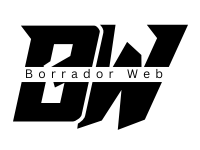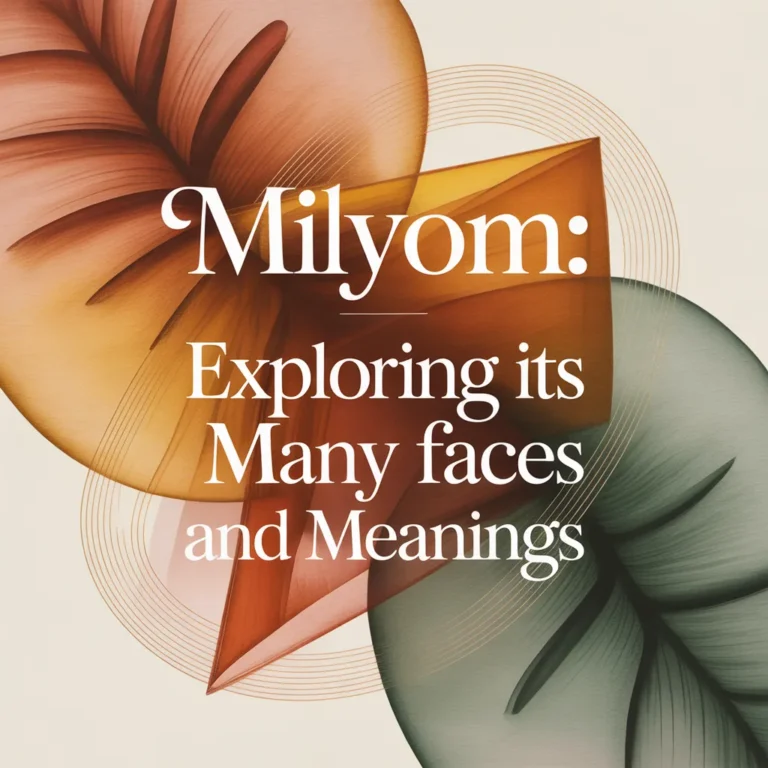
The word “Milyom” is versatile, representing different concepts depending on the context. From technology and business to culture, agriculture, and tradition, Milyom can hold unique significance in each area. Understanding its various interpretations offers insight into how one term can traverse industries, history, and communities.
Milyom as a Technological Platform
In the modern business landscape, Milyom can refer to a technological platform designed to streamline operations and enhance productivity. Platforms like this are often tailored to meet the needs of small and medium-sized enterprises, offering tools for project management, team collaboration, and data analytics.
Key features of such a platform typically include:
-
Task Management: Organizing daily operations with clarity and efficiency.
-
Team Collaboration: Facilitating communication among team members through chat, video, and document sharing.
-
Analytics & Reporting: Tracking performance, generating insights, and making data-driven decisions.
-
Integration with Other Tools: Connecting with CRM, ERP, and marketing platforms for seamless workflows.
By providing a centralized hub for business operations, Milyom-type platforms allow companies to reduce redundancy, save time, and improve overall efficiency. For startups and growing businesses, adopting such technology can be transformative.
Milyom as a Fictional Location
In literature, gaming, or storytelling, Milyom may represent a fictional location rich in culture, history, and lore. As a creative setting, it can serve as the backdrop for narratives that explore human experiences, traditions, and adventures.
Some aspects that make fictional locations like Milyom compelling include:
-
Cultural Depth: Festivals, rituals, and social norms create immersive experiences for readers or players.
-
Historical Context: Myths, past conflicts, or legendary events give the location depth and realism.
-
Geographical Features: Rivers, mountains, and cities shape the story and the characters’ interactions with the environment.
-
Unique Characters: Local inhabitants or iconic figures provide identity and narrative richness.
Fictional Milyom settings often allow creators to explore themes like unity, resilience, and cultural diversity in ways that resonate with audiences.
Milyom as an Agricultural Concern
Interestingly, Milyom can also refer to an insect pest that affects olive groves. In regions where olive cultivation is essential, such pests pose serious economic and ecological challenges. Understanding and managing Milyom infestations is critical to preserving both the health of olive trees and the quality of olive products.
Key strategies for managing Milyom as an agricultural pest include:
-
Monitoring and Identification: Regular inspections help detect early signs of infestation.
-
Biological Control: Introducing natural predators can reduce pest populations without harmful chemicals.
-
Cultural Practices: Crop rotation, pruning, and sanitation minimize breeding grounds for pests.
-
Chemical Treatments: Pesticides may be used as a last resort, carefully managed to prevent environmental damage.
By implementing these practices, farmers can protect their crops, ensure sustainable yields, and maintain the economic viability of olive production.
Milyom as a Traditional Festival
In some communities, Milyom is a festival celebrating unity, heritage, and local traditions. Such festivals bring together people of all ages and backgrounds to share in cultural practices, music, dance, and food.
Highlights of a traditional Milyom festival may include:
-
Cultural Performances: Folk dances, musical performances, and theater showcasing local heritage.
-
Community Participation: Residents contribute to organizing events, demonstrating craftsmanship, or performing rituals.
-
Traditional Cuisine: Specialty foods and beverages that reflect regional flavors and culinary history.
-
Educational Elements: Workshops, exhibits, or storytelling sessions that teach attendees about history and traditions.
-
Symbolic Rituals: Ceremonies emphasizing unity, gratitude, or seasonal changes.
Such festivals not only preserve cultural identity but also strengthen community bonds and attract visitors, boosting local tourism and economic activity.
Context Matters
The meaning of Milyom depends entirely on the context in which it appears. For a business professional, it may represent a productivity platform that enhances workflows. For a creative writer or gamer, it could be a vibrant fictional world. For farmers, it may be a challenging pest threatening olive crops, while for a local community, it could signify an important festival celebrating unity.
Understanding context is crucial: misinterpretation can lead to confusion, missed opportunities, or even financial loss in professional settings. For writers, clarity ensures that readers or audiences fully grasp the intended meaning. For businesses, precision prevents operational errors or misaligned strategies.
Integrating the Concept of Milyom
Across its different interpretations, Milyom shares common themes:
-
Organization and Structure: Whether as a platform, a pest management plan, or a festival schedule, Milyom involves a system or process.
-
Community and Interaction: From collaboration in businesses to participation in cultural festivals, Milyom emphasizes social engagement.
-
Impact on Daily Life: Be it economic, cultural, or environmental, Milyom affects the lives of those who interact with it.
-
Adaptation and Learning: Understanding Milyom — whether in technology, fiction, agriculture, or tradition — requires learning, observation, and adaptation.
Recognizing these patterns can help individuals and organizations approach Milyom with insight, whether leveraging it for productivity, storytelling, or cultural engagement.
Why Milyom Is Relevant Today
In a globalized world, multifaceted concepts like Milyom gain significance because they illustrate the importance of context, adaptability, and knowledge. Technology evolves, stories expand, agricultural challenges persist, and cultural traditions continue to matter.
-
In business, understanding platforms like Milyom helps companies stay competitive and efficient.
-
In literature and entertainment, fictional Milyoms offer immersive experiences that educate and entertain.
-
In agriculture, pest-related Milyoms emphasize sustainable practices and food security.
-
In cultural contexts, festivals named Milyom preserve heritage and foster community connections.
By appreciating Milyom’s many faces, we see how a single term can traverse sectors, geographies, and disciplines, creating opportunities for learning, innovation, and celebration.
Final Thoughts
Milyom is more than just a word — it is a concept that adapts to context, reflecting technology, storytelling, agriculture, and tradition. Its meanings may vary, but each interpretation underscores the importance of structure, consistency, and human engagement.
Whether you’re exploring a tech platform, immersing yourself in a fictional world, managing olive groves, or celebrating cultural heritage, Milyom offers lessons in adaptability and understanding. It reminds us that words and concepts can hold multiple truths and that the context in which they are applied shapes their impact and relevance.
Embracing the many dimensions of Milyom allows us to see connections between seemingly unrelated fields, demonstrating how technology, culture, environment, and tradition can all intersect under a single term. By doing so, we gain insight, appreciation, and a deeper understanding of the world around us.






